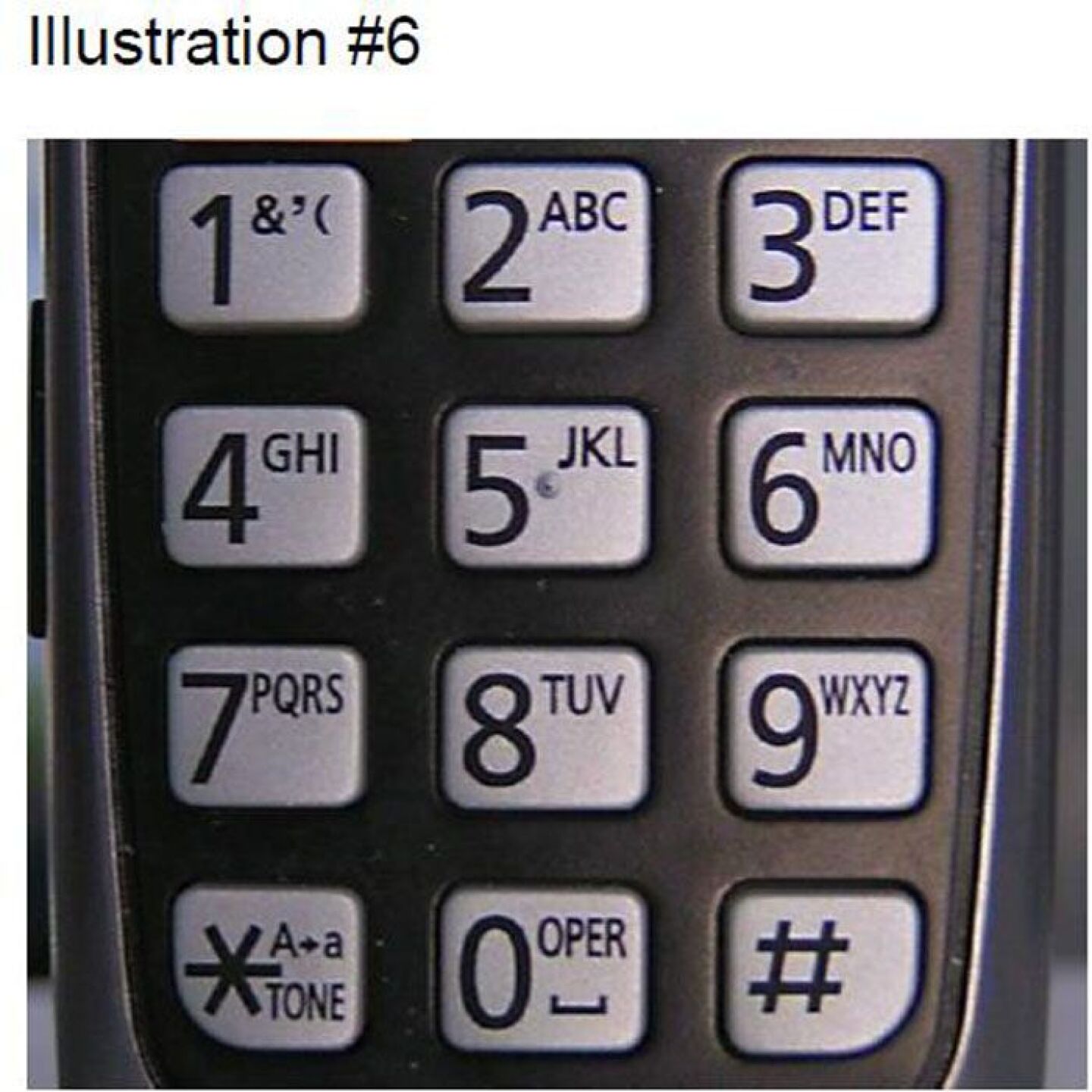This article uses numerical codes to hide the meaning of the code words. An example of the way this code could be used is, the code user would write a phrase like, “BadBoy from 3rd base needs to be taught a lesson” or “We need to move more product from 2nd base to 4th base” or “WeedWacker needs our help he’s off da block.”
If we can’t decipher the numerical code, we will never know the meaning of the code words. We need to find a key to deciphering the numerical code.
I received six pages of code words. They were found in the possession of a Bloods gang member and the document was confiscated in Florida. The first three pages are shown here as (Illustrations #1, #2 & #3). Take a close look at the three pages provided and then I will describe the process I went through to decipher the numerical code.
I started by examining all of the pages and then I focused on the top of the first page shown in (Illustration #4). Specifically, I was interested in the sample heading. The heading has five letters with what appears to be a double-letter in the middle, so I suspected that the heading was “BLOOD”.
The problem I had was trying to explain why the double-letter symbols were different. If the number “3” was the letter “O,” then why were the symbols “31” and “32 ”also included?
To discuss the numerical part of the code, the identity of the component parts need to be determined. The larger number is the “Base Number” and the superscript number is the “Exponent.” So in the example, “53” the “5” is the base and the “3” is the exponent.
I noticed in (Illustration #4) that the first base number is “2” which could be for the letter “B” and the last exponent number is “4” which could be a “D.” That would support the word being “BLOOD.” I entertained this idea for a few minutes, but I couldn’t establish a system that worked.
Then I thought, maybe the code writer was using a numerical version of a Tic-Tac-Toe code. I looked in my files and found a BLOOD code that used this system, shown as (Illustration #5).
Using the example shown in (Illustration #5), in this type of system, the number “71” would be the letter “A.” The number “92” would be the letter “H.”
As I examined the sample material again, I noticed that there is no base number “1.” The base numbers ranged from “2” through “9.” The exponent numbers ranged from “1” through “4.” Given this, the numerical Tic-Tac-Toe code couldn’t work, and I was back to square one.
Then the answer hit me! Have you figured it out yet? See (Illustration #6).
A telephone keypad!
Now we can decipher the heading as: “CODES.”
The writer describes “1st Base” as “112thSt.”
“2nd Base” is deciphered as “BRONX”
“3rd Base” is deciphered as “ALBANY”
“4th Base” is deciphered as “FLORGDA” (Spelling Error)
It appears that the writer or gang is from 112th St., Bronx, N.Y., with components in Albany, N.Y., and Florida. This document was confiscated in Florida.
The key to deciphering this code was the appropriately named “keypad.”
Reprinted with permission from Klivans, GS. (2015). Gang codes: The digital decipher. American Jails, 29(2), 52-55. © 2015 American Jails Association. www.aja.org.



















